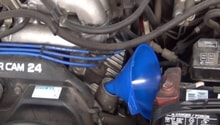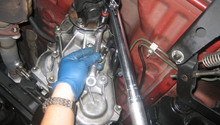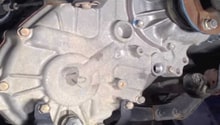Toyota 4Runner 1996-2002: How to Change Your Oil
Replacing the engine oil in the Toyota 4Runner is the most important piece of maintenance you can regularly do. Learn how to do it here.
This article applies to the Toyota 4Runner (1996-2002).
The engine oil is designed to lubricate all of the metal engine components inside your Toyota 4Runner's engine. After a while (5,000 miles is the rough number), the oil starts losing its texture, which causes it to be less of a lubricant. The longer you wait, the more damage you cause to your engine's internal parts. Replacing the engine oil is an easy procedure, and even though it doesn't cost much to do it at an auto shop, you can still save money and get a sense of achievement if you do it on your own. Read on to learn how to replace your own engine oil in the 4Runner.

Materials Needed
- Drain pan
- Wrench
- Oil filter wrench
- Oil filter
- Engine oil
- Jack and jack stands (optional)
Step 1 – Drain old oil
If you're comfortable working in a tight space, you don't need to raise the car. However, if you feel more comfortable raising it, then jack it up, securing it with jack stands before sliding under it.
Open the oil filler cap on top of the engine. Then locate the drain plug on the oil pan. Place the drain pan under the oil pan, then loosen the drain plug to drain the old oil. Let it drain until the oil stops pouring out.
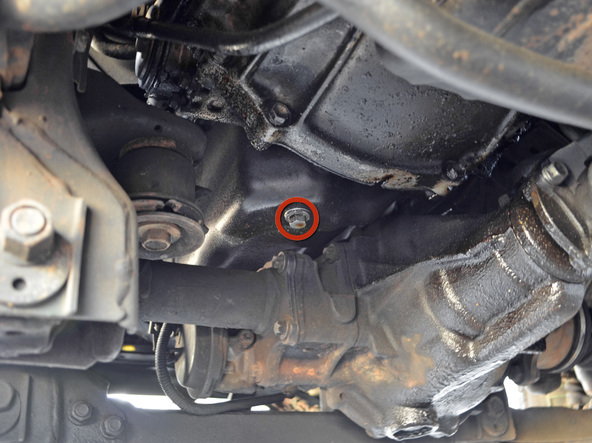
Step 2 – Replace oil filter
Using your oil filter wrench, loosen the old oil filter by rotating it counter-clockwise, then remove it. Install the new air filter in place, and tighten it by turning it clockwise. Apply some oil on the oil filter's gasket before installing it.
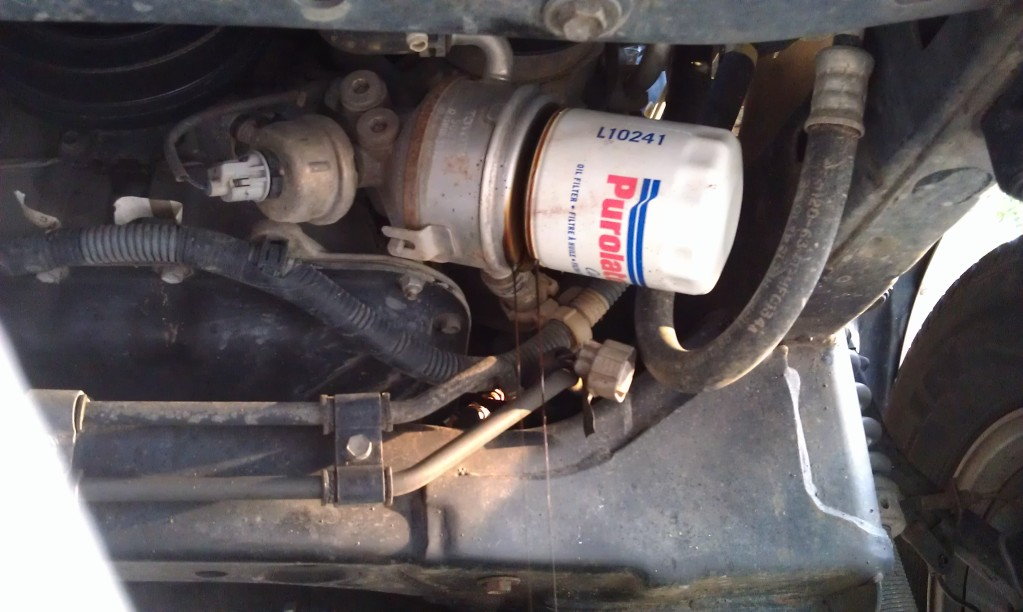
Step 3 – Fill with new oil
After tightening up the drain plug, pour oil into the engine. You will need roughly 6.5 quarts of oil. After filling up, close the engine oil filter, then start the car and let it run for a few minutes, then turn it off and check your dipstick. Don't drive the vehicle if it's low on oil. Be sure to check the dipstick for a few days after to make sure there are no leaks from the drain plug or the oil filter.
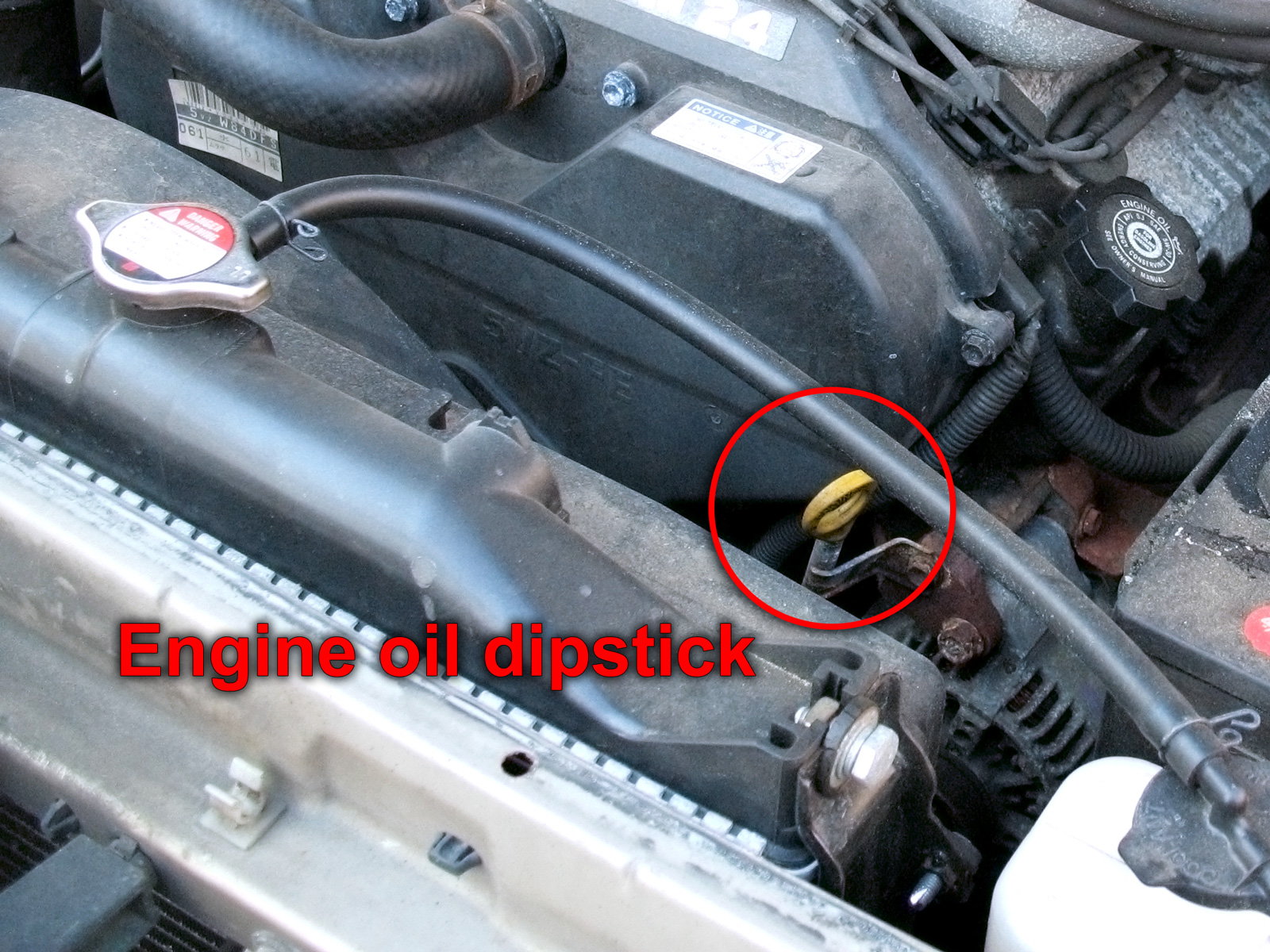
Related Discussions
- How many quarts - Yotatech.com
- Oil life span - Yotatech.com
- Oil drain plug - Yotatech.com



